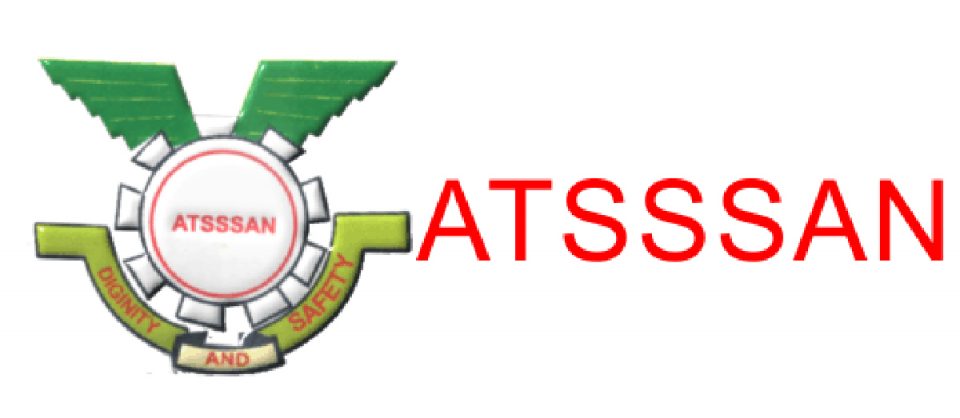The Air Transport Senior Staff Services Association of Nigeria (ATSSSAN) says Nigeria’s inability to have internal capacity to calibrate newly acquired Category III Instrument Landing System (CATIII ILS) caused recent aircraft visibility challenges.
Mr Ahmadu Illitrus, ATSSSAN President said in Lagos on Thursday that there was need for Federal Government to develop a capacity in-house to do the calibration for CAT III ILS.
CATIII is a modern ILS approach used in low visibility weather condition. The cockpit has specialised instruments that allow the pilot to fly in almost zero visibility.
The Nigerian Airspace Management Agency (NAMA) had recently installed the CATIII ILS at the Lagos Airport to aid seamless landing during Harmattan period.
However, stakeholders had said that in spite of the installation, airlines were still finding it difficult to land their aircraft due to poor visibility during this season.
British Airways and Air France was reported to have diverted its flight twice on Monday and Tuesday evenings to Accra, Ghana, because the weather minima was below their standard.
Also, the visibility at the Lagos Airport was 1, 200m, and they said that the airline minima was 1,700m.
Illitrus said that everything still boil down to the fact that the country does not have the capacity to do calibration, even after the installation of the facility had taken place.
“Everything still boil down to the fact that we do not have capacity internally to do the calibration; we relied on Asecna, a French company, which does calibration for Francophone countries.
“In addition, probably other organisation that do come in once in a while to do the calibration for us.
“For us, there is need to develop capacity internally to do the calibration by ourselves, because we have 22 airports, it’s big enough for us to get capacity in-house.
“In the commercial circle, if we have company that does calibration, it will not only serve our purpose, but will be of tremendous assistance to our neighbours in Central Africa,’’ he said.
Illitrus said in the meantime, the equipment needed to be calibrated routinely, adding that the agency should not have to wait until it’s due before it engaged the company to do the calibration.
He said the equipment was a safety issues which technology could address due to poor weather condition which boil down to installation of modern ILS technology at the airport.
Illitrus noted that the problem was that NAMA was financially challenged, saying that was the reason why government was also assisting them financially.
According to him, the equipment is capital intensive which NAMA cannot do alone; there are challenges with regards to financing of the equipment.
He said at the peak of snore condition in Europe, aircraft landed because there were ground and onboard equipment that enable the operators to have feasibility to land.
Illitrus advised that NAMA, Federal Airports Authority of Nigeria (FAAN) and all stakeholders have to play their roles in getting the aviation sector right.
He said that there was urgent need to invest in infrastructure to enable the country to attract foreign investors to the industry.
“If we do not have effective lighten at the airport, certainly aircrafts will divert to other countries to land.
“I advise government to give more attention to aviation sector since it is a key sector to the development of nation, because it is the gate way to every nation.
“If government failed to invest in aviation infrastructure, certainly, there will be problem. Other countries, like Ghana has taken up the commitment to develop their infrastructure, which we also need to.
“If government cannot fund the sector, they should attract investors to invest in Nigeria aviation.
Illitrus, however, acknowledged that some international airlines were landing on 18L in spite of the visibility challenges.
He added that the only problem with 18L was that at sun set the pilot could not land because of the equipment.
The association president said that NAMA was working toward reinstalling the Airfield lighting on 18L.




